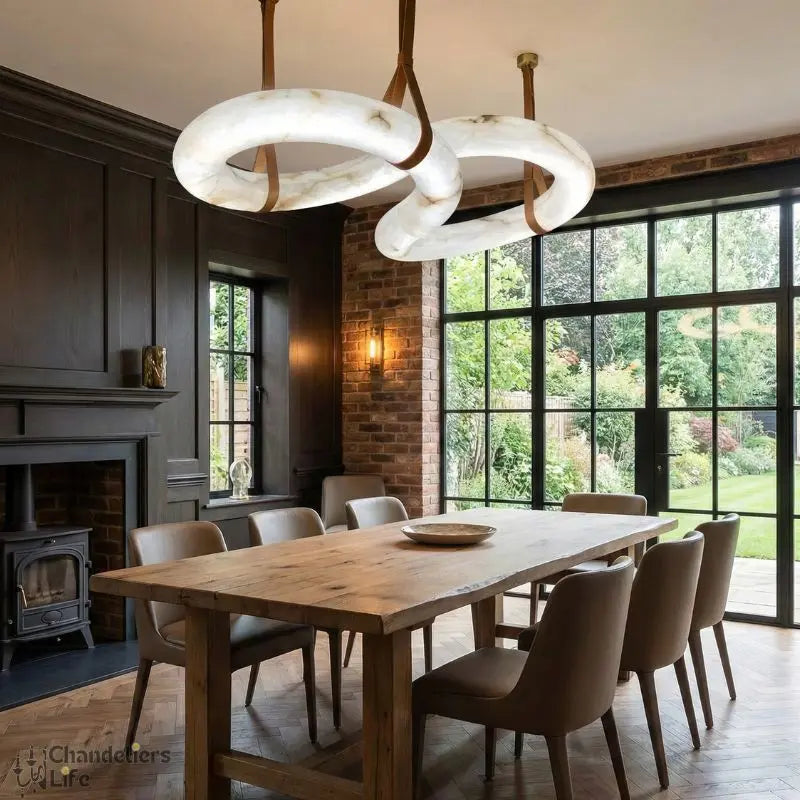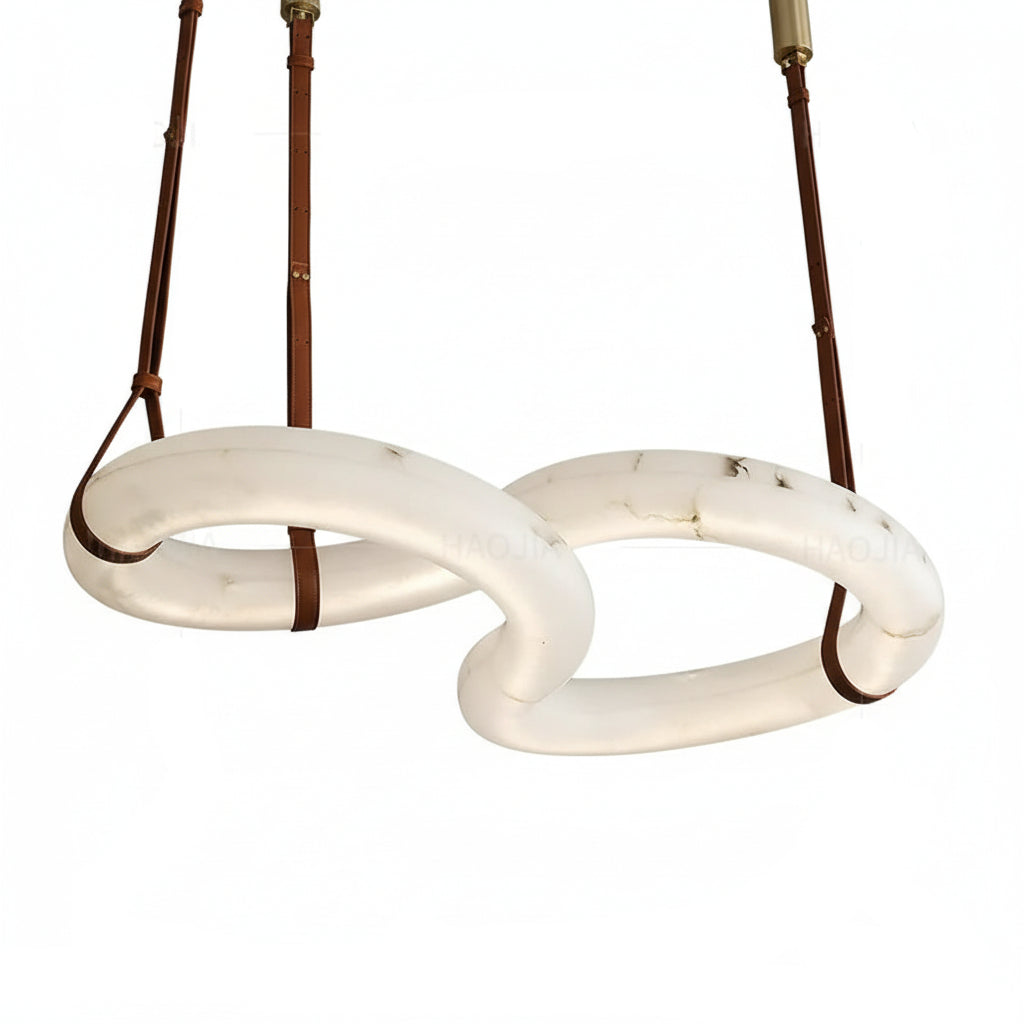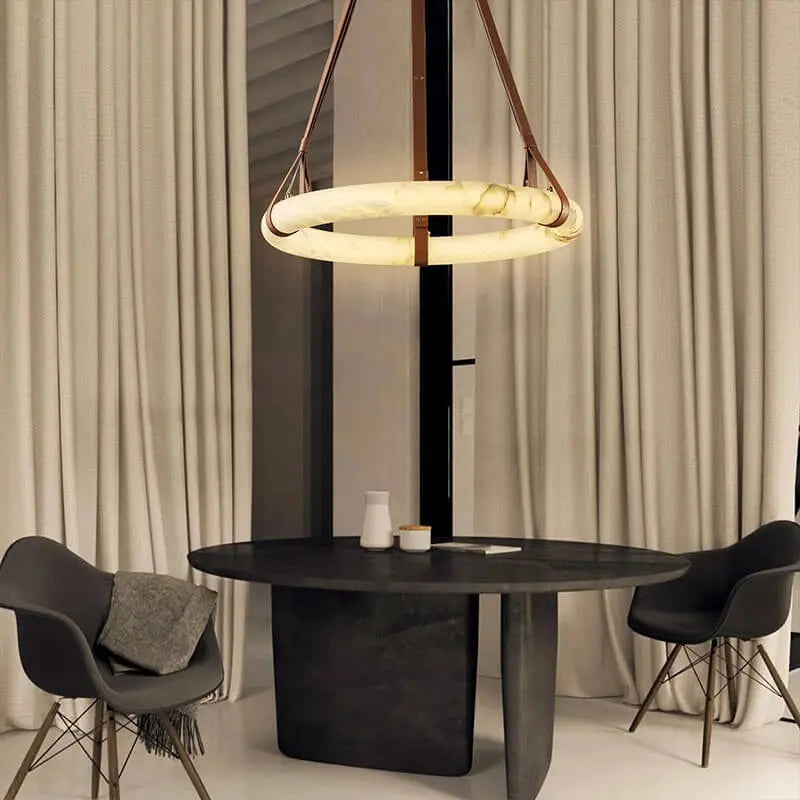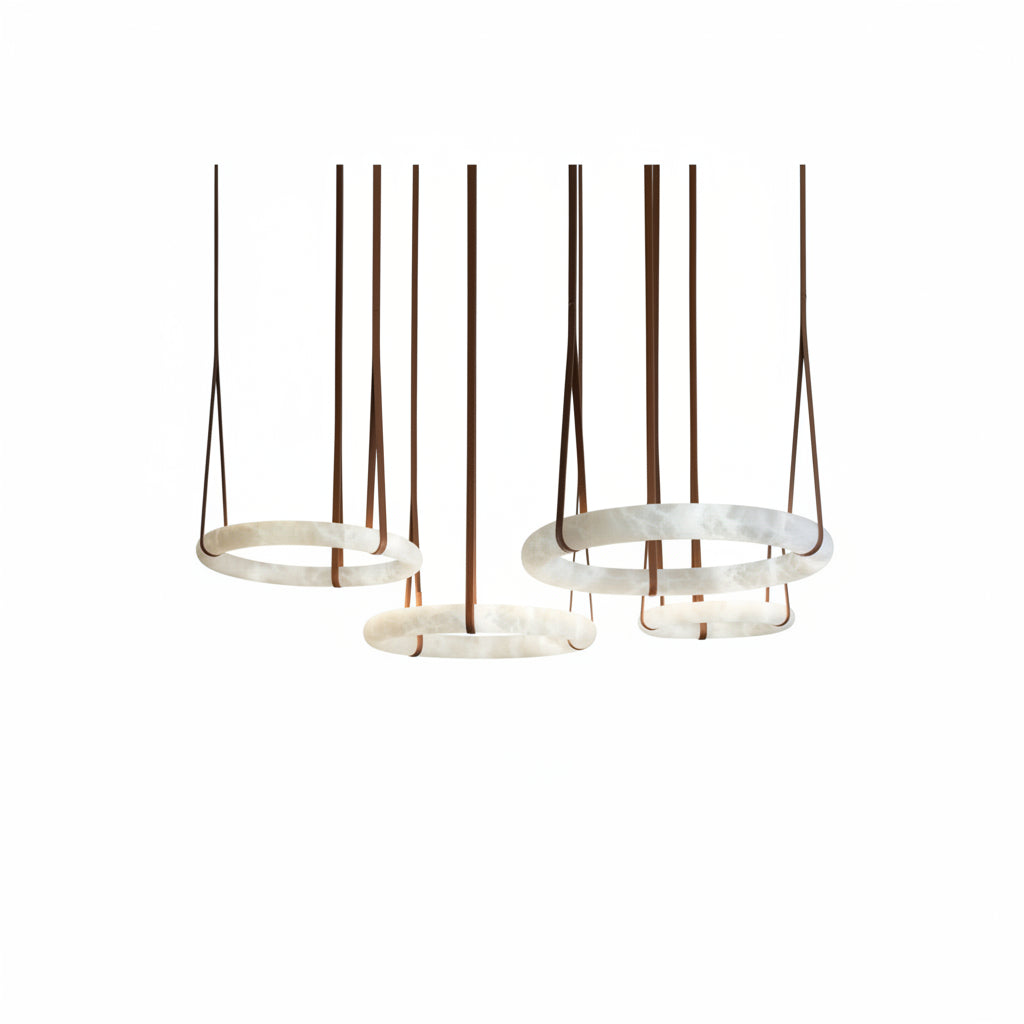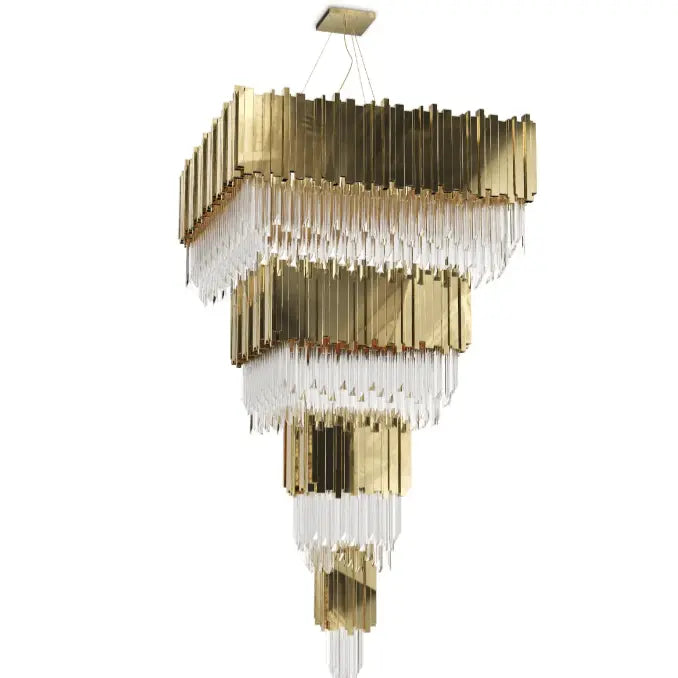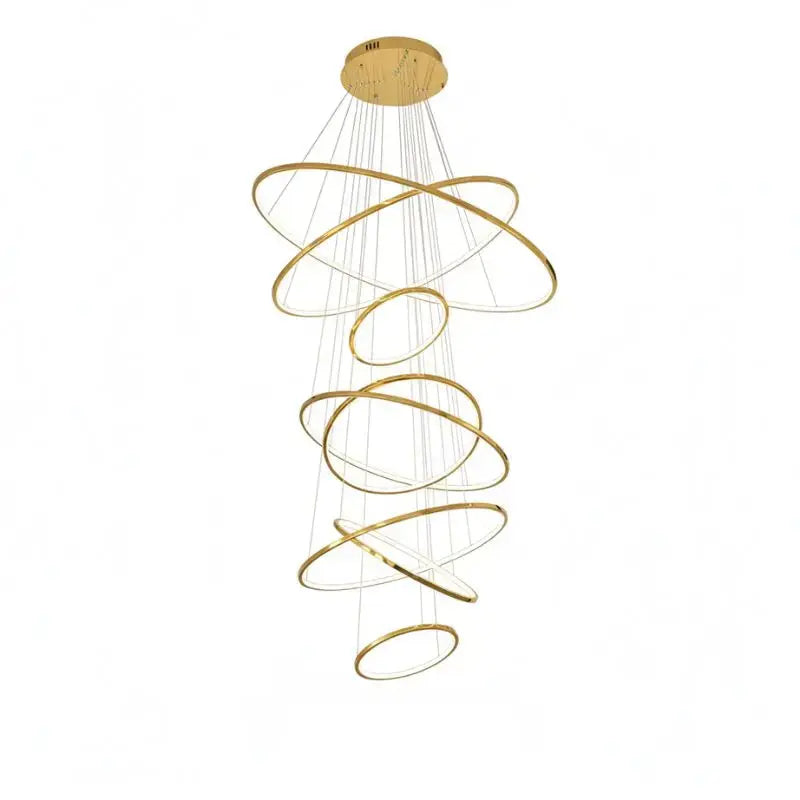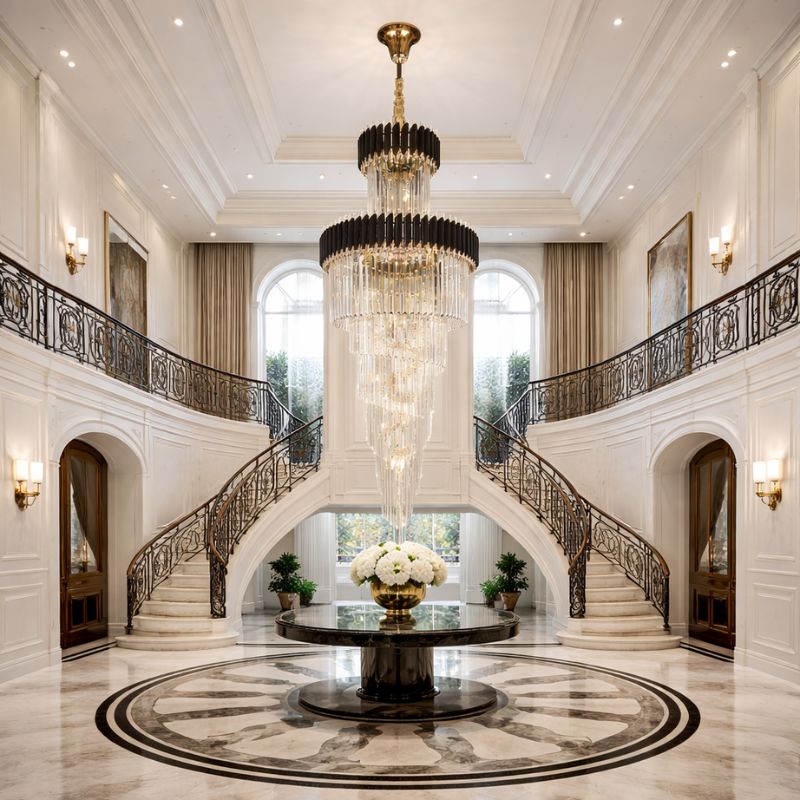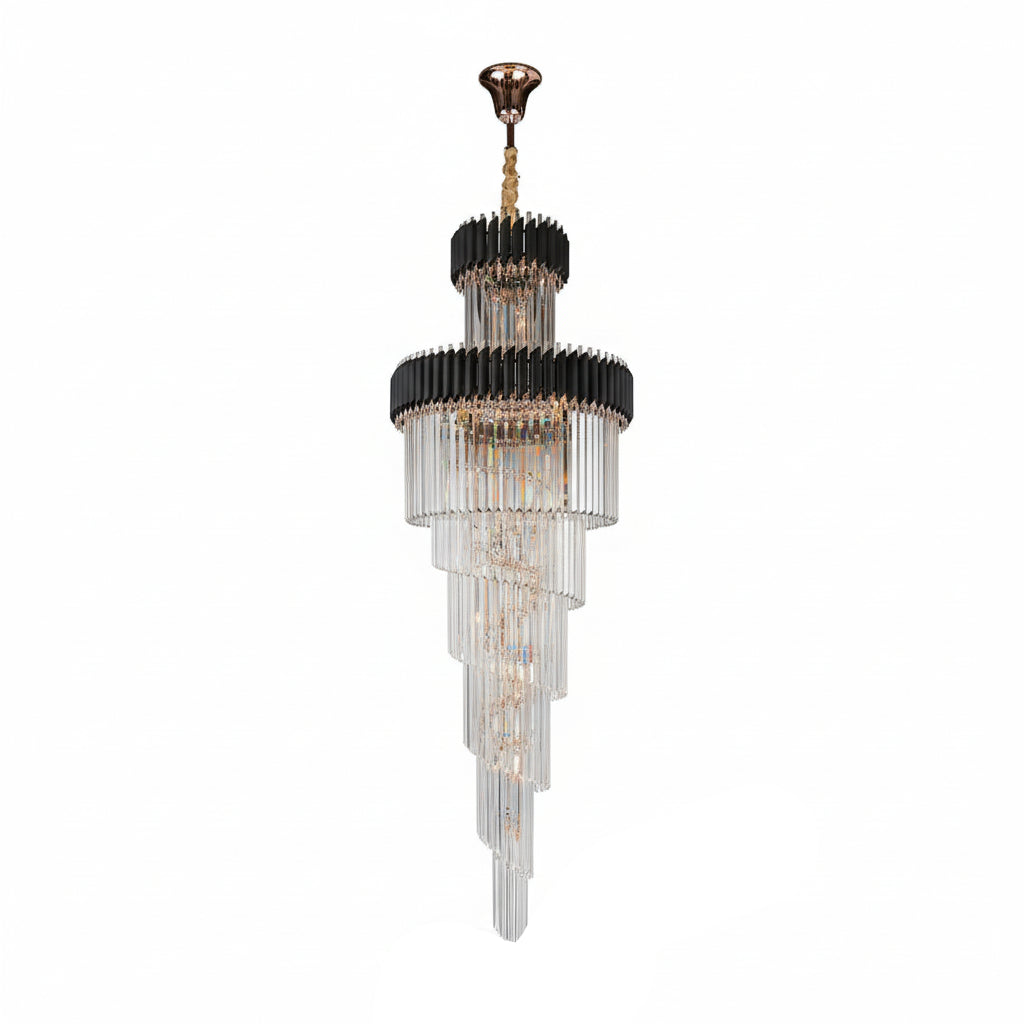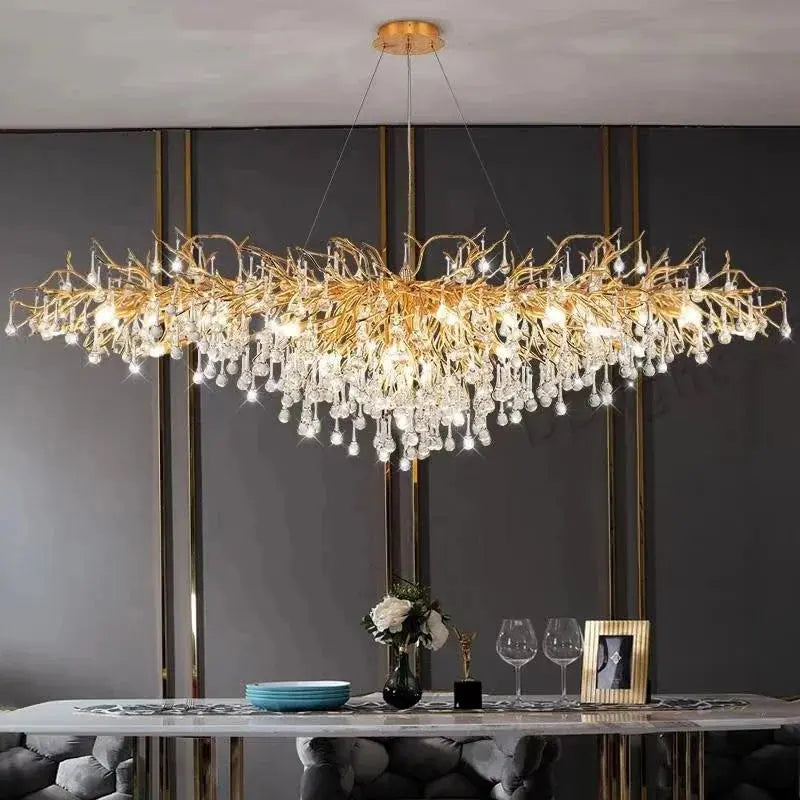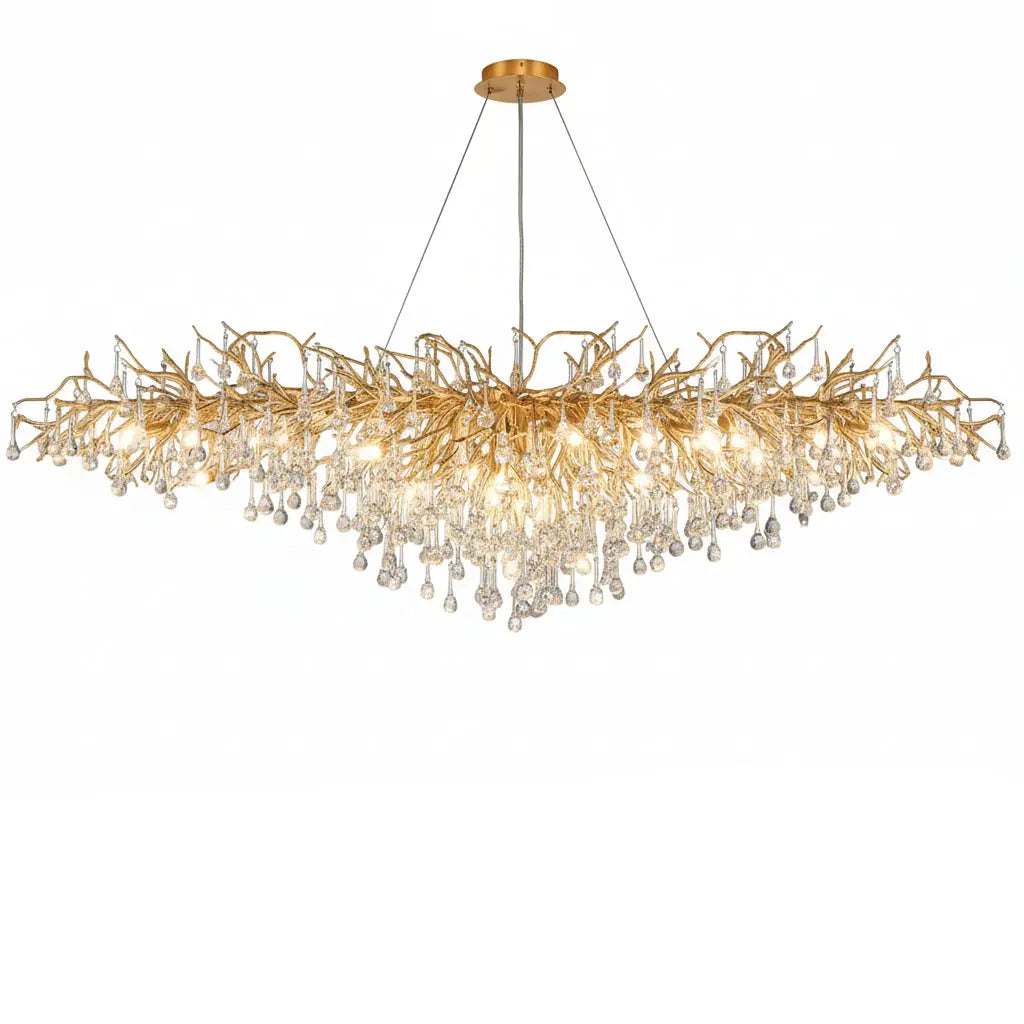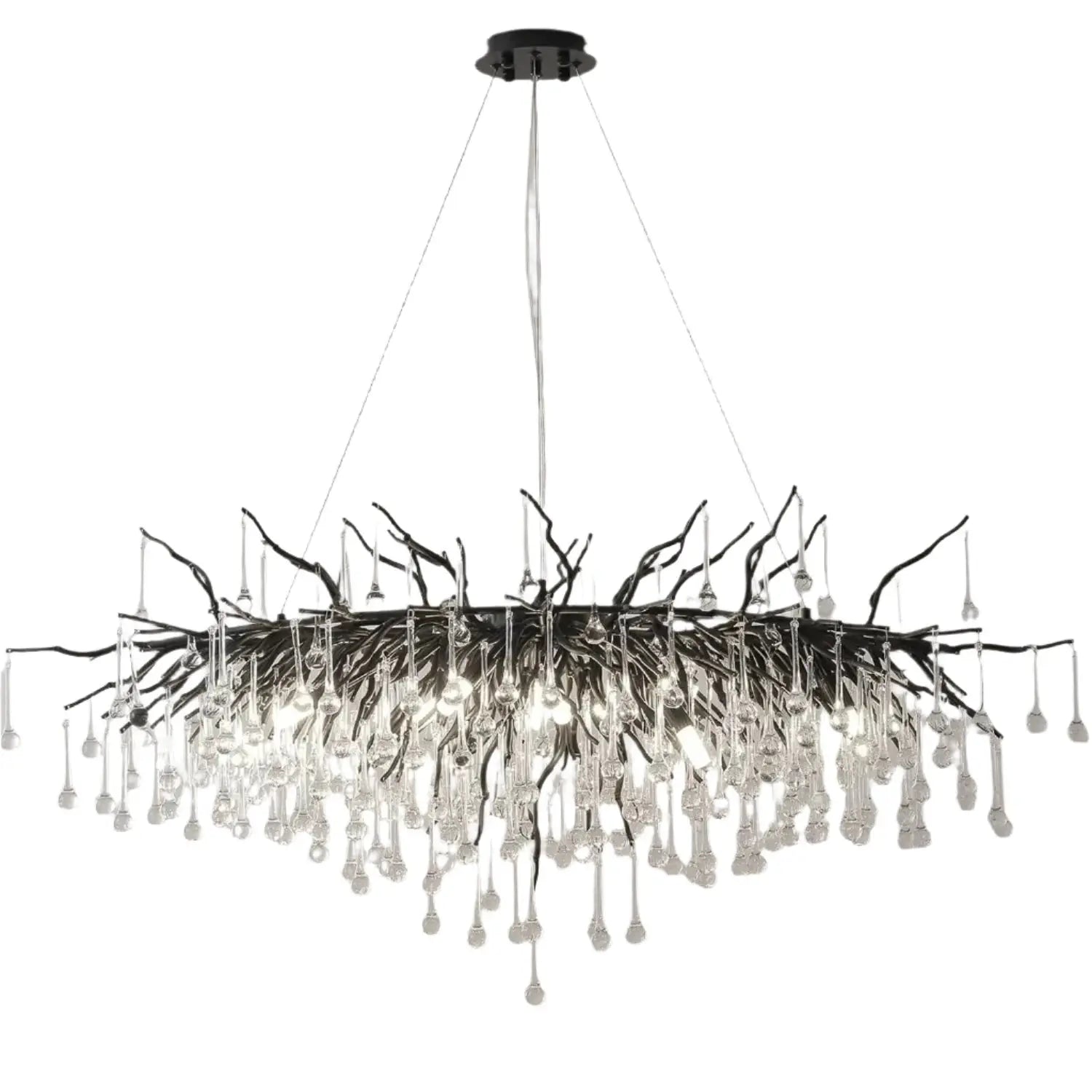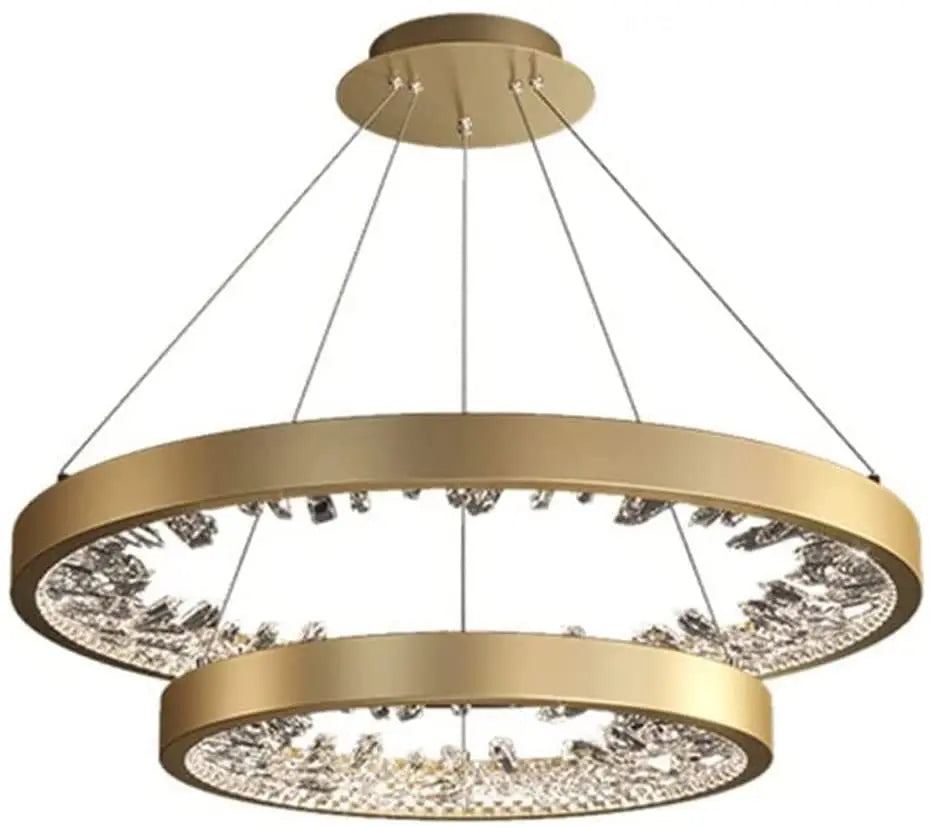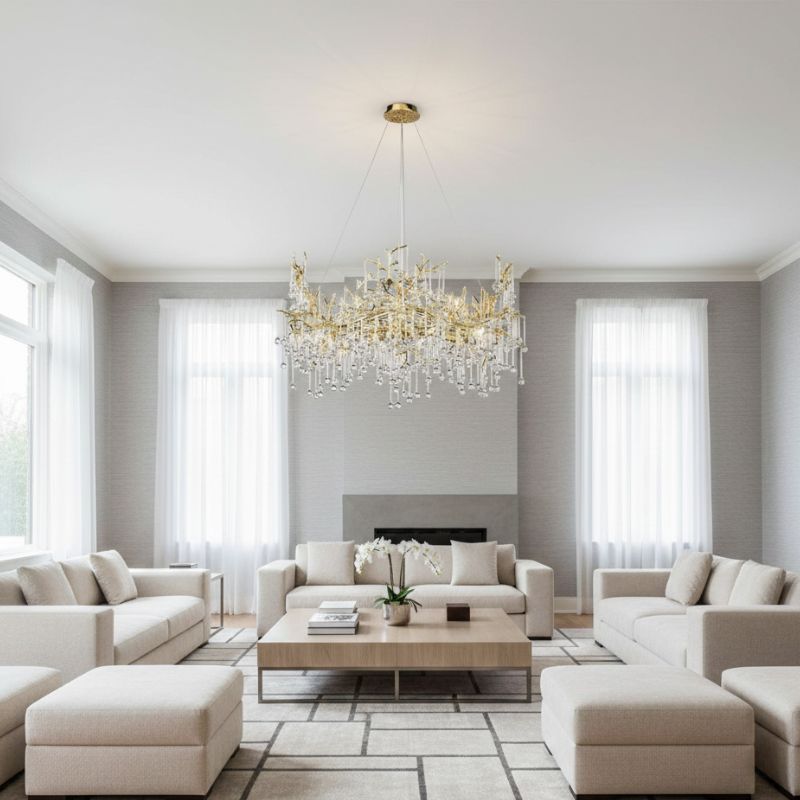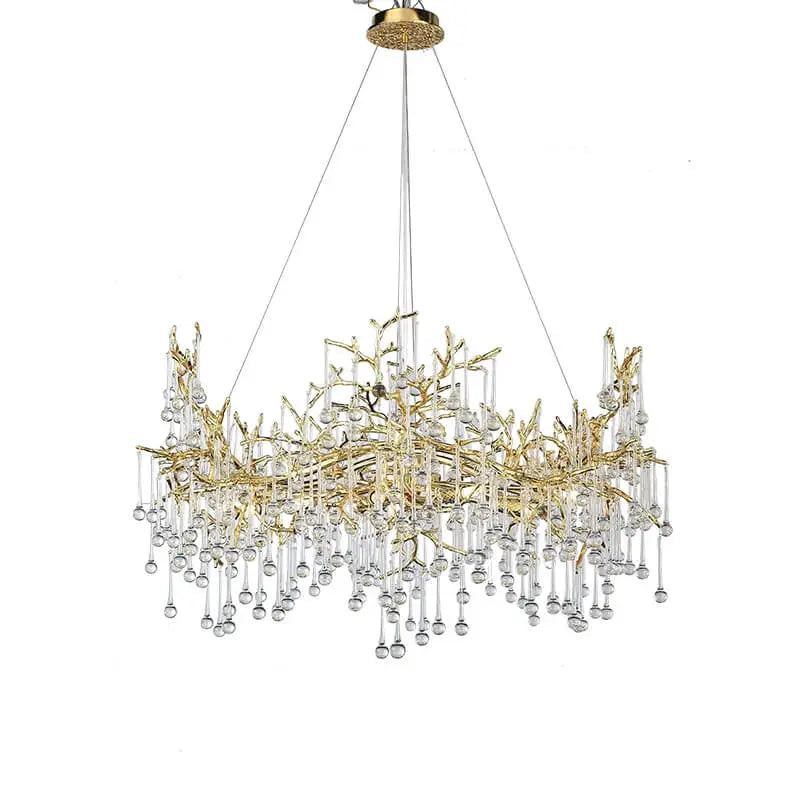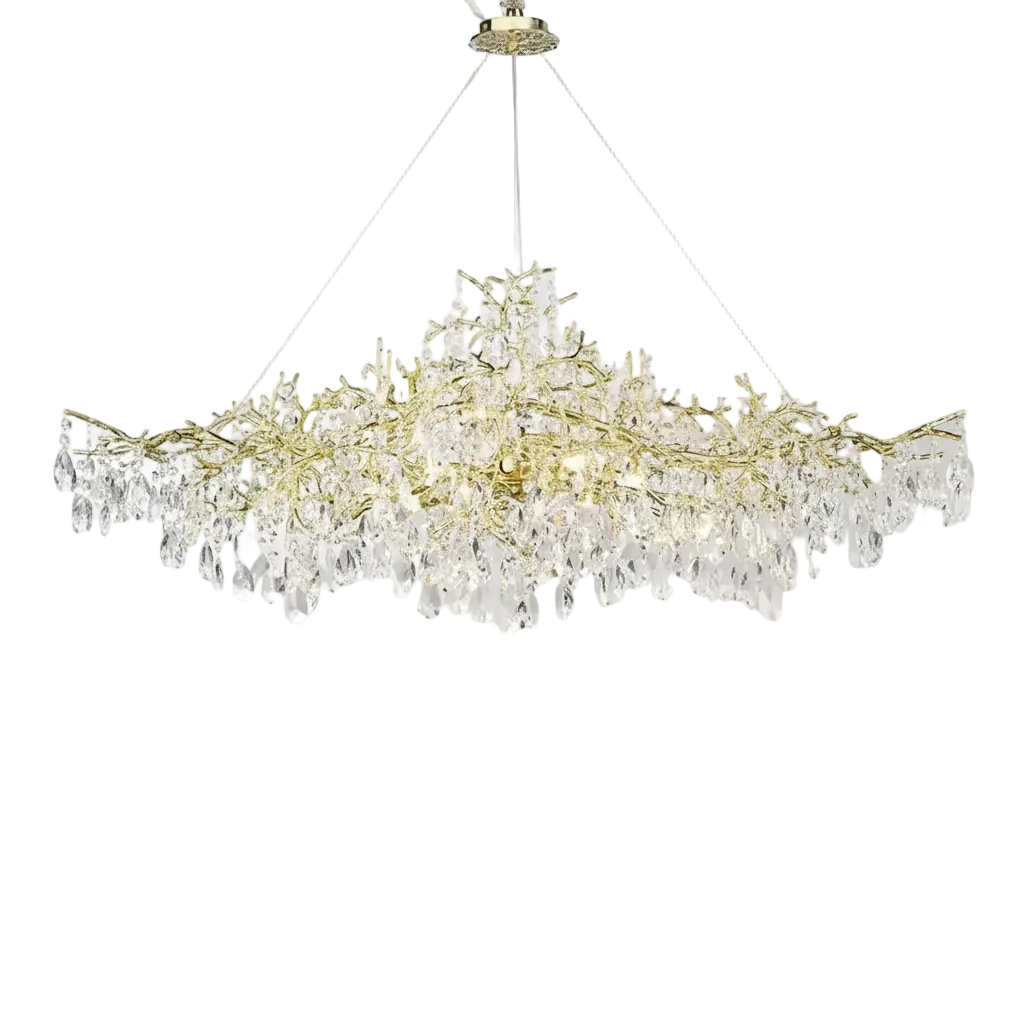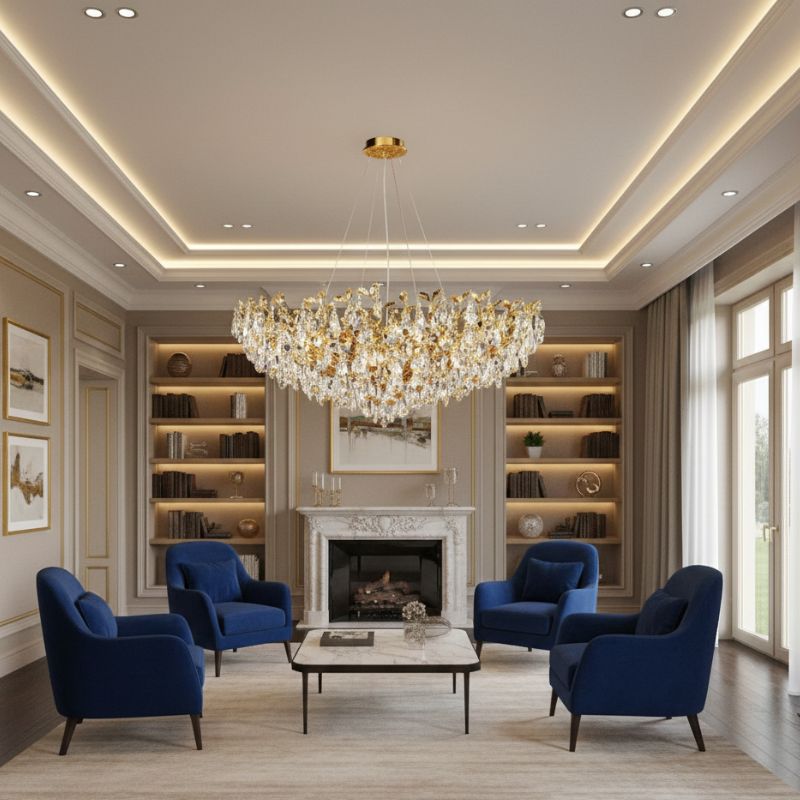Restoring a wrought iron chandelier can bring back its original beauty and charm. It involves careful cleaning, repairing, and sometimes replacing parts. This guide will walk you through the process, providing tips and techniques to make your chandelier look stunning again.
Key Takeaways
Proper assessment and planning are crucial before starting any restoration work.
Use safe cleaning methods and the right products to avoid damaging the chandelier.
Repairing and replacing components require specific skills like welding and soldering.
Rewiring should be done with safety in mind and may involve modernising electrical parts.
Regular maintenance helps keep the chandelier in good condition and prevents future damage.
Understanding Wrought Iron Chandelier Restoration
Restoring wrought iron chandeliers is a delicate process that requires a deep understanding of both the material and the craftsmanship involved. Preserving these antique fixtures is crucial to maintaining their historical and aesthetic value. Each chandelier tells a story, and through careful restoration, we can keep that story alive for future generations.
Importance of Preservation
The preservation of wrought iron chandeliers is not just about maintaining their beauty. It's about safeguarding a piece of history. These chandeliers often feature intricate designs and craftsmanship that are rare in modern lighting fixtures. By preserving them, we ensure that this artistry is not lost to time.
Common Issues and Challenges
Restoration begins with a thorough inspection to assess the condition of the chandelier and identify any damage. Common issues include rust, broken components, and outdated wiring. Each of these challenges requires a specific approach to ensure the chandelier is restored to its former glory without compromising its integrity.
Historical Significance
Wrought iron chandeliers have been a staple in elegant homes for centuries. Their historical significance cannot be overstated. They often reflect the design trends and technological advancements of their time. Restoring these chandeliers allows us to preserve a tangible piece of history, offering a glimpse into the past.
Initial Assessment and Planning
Inspecting for Damage
Begin by thoroughly examining the chandelier for any signs of wear and tear. Look for cracks, rust, or missing parts. It's crucial to identify these issues early to plan the restoration effectively.
Documenting Original Features
Take detailed notes and photographs of the chandelier's original features. This includes the design, any unique patterns, and the type of finish. This documentation will be invaluable when you start the restoration process.
Creating a Restoration Plan
Develop a step-by-step plan for the restoration. Outline the tasks that need to be completed, the materials required, and the timeline. This plan will help you stay organised and ensure that no detail is overlooked.
Proper planning and assessment are the foundation of a successful restoration project. Taking the time to inspect, document, and plan will save you time and effort in the long run.
Cleaning Techniques for Wrought Iron Chandeliers
Cleaning wrought iron chandeliers requires a gentle touch and the right methods to ensure their longevity and beauty. Avoiding common mistakes can save you time and effort in the long run.
Safe Cleaning Methods
Use a soft, non-abrasive cloth to wipe down the metal parts. Avoid using toilet paper as it can leave residue. For chandeliers with lacquer-coated brass, water and mild soap can be effective. However, if the fixtures are in hard-to-reach areas, consider hiring a professional cleaning service.
Choosing the Right Cleaning Products
When selecting cleaning products, opt for those that are specifically designed for metal surfaces. Avoid soaking wrought iron in water as it can lead to rust. Instead, waxing or applying oil after cleaning can help protect the metal.
Avoiding Common Mistakes
Do not soak wrought iron in water.
Avoid using abrasive materials that can scratch the surface.
Always dry the chandelier thoroughly to prevent rust.
Consider using wax or oil to protect the metal after cleaning.
Regular cleaning and proper maintenance can keep your wrought iron chandelier looking stunning for years to come.
Repairing and Replacing Components
Welding and Soldering Techniques
When fixing broken metal parts, welding and soldering are key. Welding joins metal pieces by melting them together, while soldering uses a filler metal. Both methods need a steady hand and the right tools. Always wear safety gear to protect yourself from sparks and heat.
Recreating Missing Parts
If parts are missing, you can recreate them using epoxy resin. This involves making a mould of the remaining parts, then duplicating them. After the resin sets, you can paint or alter it to match the original. This process can be tricky, so take your time.
Strengthening the Frame
Over time, the frame of a chandelier can weaken. To strengthen it, inspect all joints and connections. Tighten any loose screws and consider adding extra support where needed. This will help keep your chandelier safe and sturdy.
Regular maintenance can prevent many issues. Always check your chandelier for signs of wear and tear.
For more help, contact support@chandelierslife.com. They offer professional maintenance services and can guide you through the process.
Rewiring and Electrification
Rewiring a wrought iron chandelier is crucial for safety and functionality. Electrical standards have considerably changed since the early days of electricity, and it's important to update old wiring to meet modern safety requirements. This process involves several key steps to ensure the chandelier is both safe and functional.
Safety Considerations
Before starting any rewiring project, it's essential to understand the safety risks involved. Always turn off the power at the circuit breaker before working on any electrical components. Use a voltage tester to confirm that the power is off. Wear insulated gloves and use tools with insulated handles to reduce the risk of electric shock.
Modernising Electrical Components
Old chandeliers often have outdated wiring that is not up to current safety standards. Replacing these wires with modern, insulated ones is a must. New electrical equipment can be designed to blend in with the chandelier's original look, such as using wires that fade into the background or electrical equipment shaped like wax candles. This way, the chandelier retains its historical charm while being safe to use.
Testing and Quality Assurance
After rewiring, it's crucial to test the chandelier to ensure everything is working correctly. Use a multimeter to check for continuity and proper voltage levels. Make sure all connections are secure and that there are no exposed wires. Once everything checks out, you can confidently hang the chandelier back in its place, knowing it meets modern safety standards.
Finishing Touches and Aesthetic Enhancements
Polishing and Patina Restoration
Polishing a wrought iron chandelier can bring back its original shine. Use a soft cloth and a gentle metal polish to avoid scratching the surface. For patina restoration, consider using a tinted shellac coating applied hot to the base metal surface. This can help achieve an imitative look that enhances the chandelier's historical charm.
Crystal Restringing and Replacement
If your chandelier has crystals, check for any that are damaged or missing. You can find replacements in a new crystal chandeliers catalogue featuring a variety of chandelier styles and lighting options. Carefully restring the crystals to ensure they hang evenly and catch the light beautifully.
Waxing and Protective Coatings
Applying a layer of wax can protect the chandelier from dust and moisture. Use a clear, high-quality wax and apply it with a soft cloth. This not only protects the metal but also gives it a subtle shine. For additional protection, consider using a protective coating that is suitable for metal surfaces.
Regular maintenance and careful restoration can keep your chandelier looking stunning for years to come.
Maintaining Restored Wrought Iron Chandeliers
Regular Cleaning and Upkeep
To keep your chandelier looking its best, regular cleaning is essential. Use a soft, non-abrasive cloth to wipe down the metal parts. Avoid using toilet paper as it can leave scratches. Waxing the metal after cleaning can help protect it and keep it shiny. For crystal parts, a gentle cleaner and a soft cloth will do the trick.
Preventative Measures
Preventative measures can save you a lot of trouble in the long run. Make sure to check for any signs of rust or damage regularly. If you spot any issues, address them immediately to prevent further deterioration. Also, avoid hanging the chandelier in damp areas to reduce the risk of rust.
Professional Maintenance Services
Sometimes, it's best to leave the maintenance to the professionals. They have the expertise to handle intricate designs and can offer services like full disassembly for cleaning, welding broken sections, and recreating missing components. This ensures your chandelier remains in top condition for years to come.
Regular maintenance not only keeps your chandelier looking beautiful but also extends its lifespan, making it a cherished piece in your home for generations.
Taking care of your restored wrought iron chandeliers is essential to keep them looking their best. Regular dusting and occasional polishing can make a big difference. For more detailed tips and tricks, visit our website. You'll find everything you need to maintain the beauty of your chandeliers.
Conclusion
Restoring a wrought iron chandelier can be a rewarding project that brings new life to a cherished piece. By carefully cleaning, repairing, and sometimes rewiring these fixtures, you can preserve their beauty and functionality for years to come. Remember to handle each part with care, use the right tools, and take your time to ensure the best results. Whether you're a seasoned restorer or a beginner, the tips and techniques shared in this article will help you achieve a stunning transformation. Happy restoring!
Frequently Asked Questions
Why is it important to preserve wrought iron chandeliers?
Preserving wrought iron chandeliers helps maintain their historical and aesthetic value. It also ensures these beautiful pieces can be enjoyed by future generations.
What are common issues faced during chandelier restoration?
Common issues include rust, broken parts, and outdated wiring. Each of these challenges requires careful attention and specialised techniques to address.
How do I safely clean a wrought iron chandelier?
Use a soft, non-abrasive cloth and avoid harsh chemicals. Regular dusting and gentle cleaning help maintain the chandelier's appearance without causing damage.
Can I replace missing parts on my chandelier?
Yes, missing parts can often be recreated by skilled craftsmen. This helps restore the chandelier's original look and structural integrity.
Is it necessary to rewire an old chandelier?
Yes, rewiring is important for safety reasons. Modern wiring ensures the chandelier meets current electrical standards and functions properly.
How often should I maintain my restored chandelier?
Regular cleaning and upkeep are recommended. Depending on the environment, a professional maintenance service every few years can help keep the chandelier in top condition.






